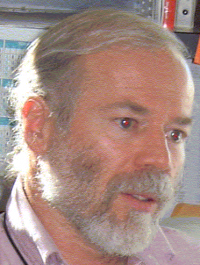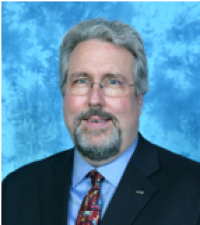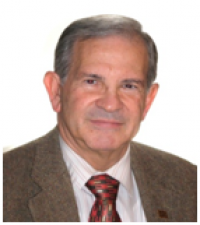Archive for October 2011
The Attractiveness of Materials in Advanced Nuclear Fuel Cycles for Various Proliferation and Theft Scenarios
SPEAKER: CHARLES BATHKE DATE/TIME: MON, 10/31/2011 – 4:00PM TO 5:00PM LOCATION: 3105 ETCHEVERRY HALL Fall 2011 Colloquium Series Abstract: We must anticipate that the day is approaching when details of nuclear weapons design and fabrication will become common knowledge. On that day we must be particularly certain that all special nuclear materials (SNM) are adequately accounted for and…
Read MoreFrom Nuclear Medicine to Molecular Imaging: A Spectrum of Isotopes and New Molecular Probes
SPEAKER: HENRY VANBROCKLIN DATE/TIME: MON, 10/24/2011 – 4:00PM TO 5:00PM LOCATION: 3105 ETCHEVERRY HALL Fall 2011 Colloquium Series Abstract: For nearly 90 years radioisotopes have been applied to image the in vivo biology of living systems from plants to animals to humans. Over this period of time many isotopes with a range of decay characteristics and properties have…
Read MoreNuclear Energy and Health
SPEAKER: JERRY CUTTLER DATE/TIME: MON, 10/17/2011 – 4:00PM TO 5:00PM LOCATION: 3105 ETCHEVERRY HALL Fall 2011 Colloquium Series Abstract: Energy needs worldwide are expected to increase for the foreseeable future, but fuel supplies are limited. Nuclear reactors could supply much of the energy demand in a safe, sustainable manner were it not for fear of potential releases of…
Read MorePrecision Beta-Delayed Neutron Spectroscopy Using Trapped Radioactive Ions
SPEAKER: NICHOLAS D. SCIELZO DATE/TIME: MON, 10/03/2011 – 4:00PM TO 5:00PM LOCATION: 3105 ETCHEVERRY HALL Fall 2011 Colloquium Series Abstract: Neutrons emitted following the beta decay of fission fragments play an important role in many fields of basic and applied science such as nuclear energy, nuclear astrophysics, and stockpile stewardship. However, the fundamental nuclear data available today for…
Read More


